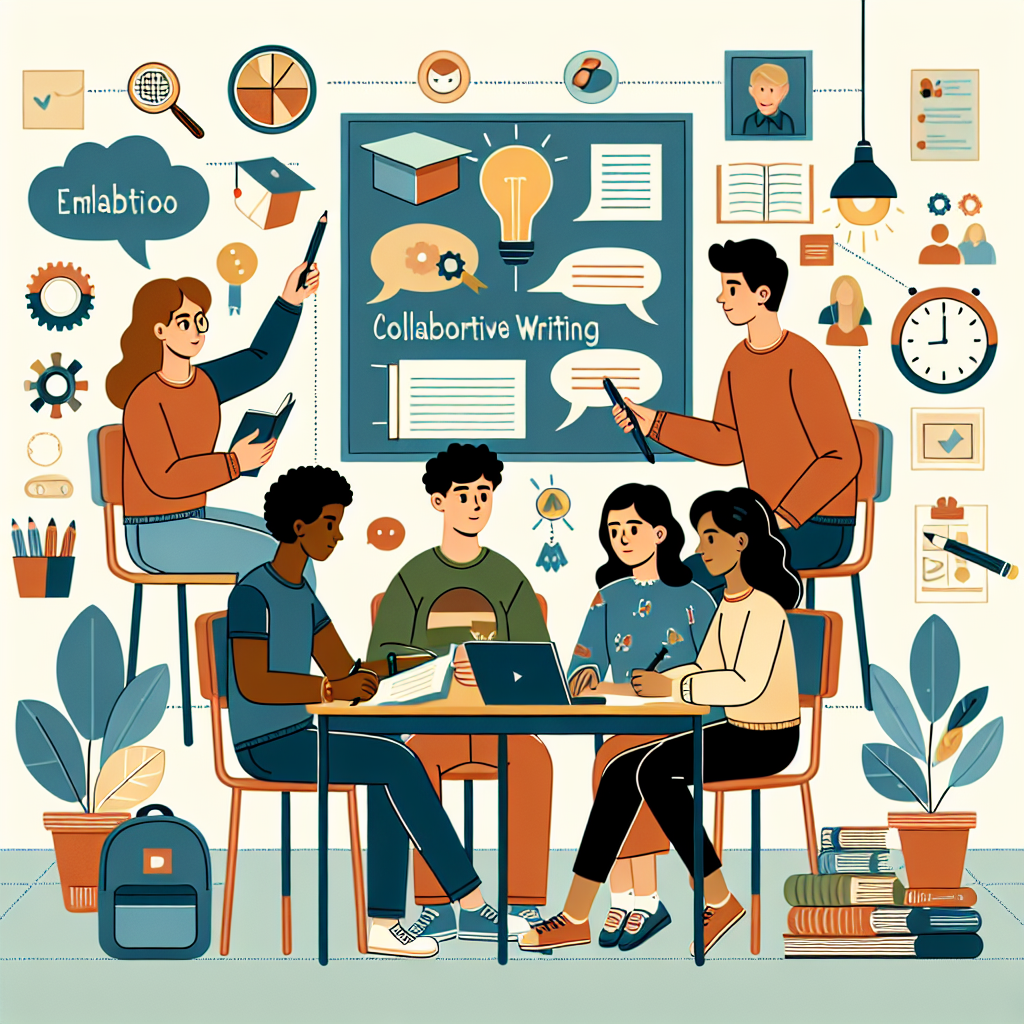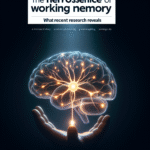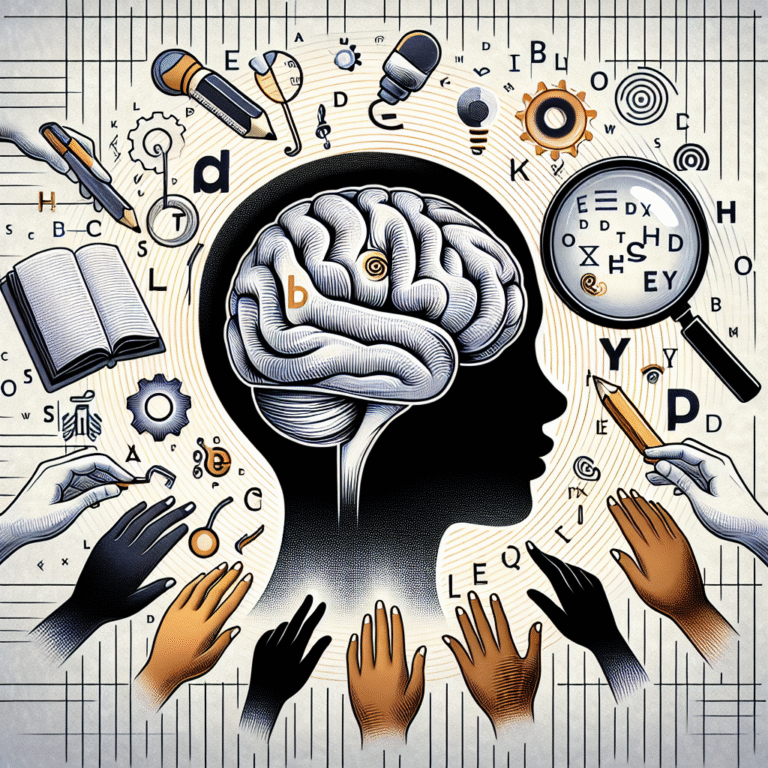
Empowering Success: Collaborative Writing—How Peers Can Support Students with Learning Disabilities
Introduction
Imagine a classroom buzzing with energy as students collaborate on a writing project. While this scenario may be typical, for students with learning disabilities, collaborative writing can be transformative. Collaborative Writing: How Peers Can Support Students with Learning Disabilities is not just an educational strategy; it embodies a deeper understanding of inclusivity and the power of teamwork. By harnessing the strengths of peer interaction, educators can create an environment in which all students thrive, fostering not only academic success but also emotional resilience. In this article, we will delve into the powerful ways peer collaboration in writing can pave the way for students with learning disabilities to achieve their fullest potential.
The Power of Collaborative Writing
What Is Collaborative Writing?
Collaborative writing involves students working together to produce a single piece of writing. This can be accomplished through group brainstorming, drafting, revising, and editing. For students with learning disabilities, the benefits of this approach are profound. They can engage with peers who offer support, diverse perspectives, and positive reinforcement, making the writing process more inclusive and enjoyable.
Why Collaborative Writing Matters for Students with Learning Disabilities
- Increased Engagement: Collaborative tasks captivate students’ attention far more effectively than solitary assignments. When students work together, they feel accountable to one another, thereby increasing motivation.
- Skill Development: Students learn from each other. Those with learning disabilities can gain skills in organization, idea generation, and critical thinking through collaboration.
- Social Integration: Collaborative writing fosters essential social skills. Students practicing inclusivity can develop friendships and peer networks that transcend academic tasks.
Strategies for Effective Collaborative Writing
1. Structured Group Formation
A well-structured group can enhance the collaborative writing experience.
| Group Composition | Characteristics |
|---|---|
| Heterogeneous | A mix of abilities ensures diverse input and peer support. |
| Size | Groups should ideally consist of 4-5 students to facilitate communication. |
| Roles | Assign specific writing roles (e.g., scribe, editor) to encourage participation and responsibility. |
Case Study: A Middle School Poetry Unit
In a middle school poetry unit, teachers grouped students with varied writing skills. By assigning roles based on individual strengths—such as a strong reader as the "reciter" and a creative thinker as the "ideator"—students with learning disabilities actively participated. Observation revealed improved confidence and a noticeable increase in creative output.
2. Implementing Technology
Digital tools can enhance collaborative writing efforts.
- Google Docs: This platform allows real-time collaboration, enabling students to comment and edit simultaneously.
- Mind Mapping Software: Use tools like MindMeister to brainstorm in a visual format before writing.
- Speech-to-Text Applications: Tools such as Dragon Naturally Speaking allow students to articulate ideas, reducing the stress of written expression.
Analysis: These technologies decreased writing anxiety among students with learning disabilities, allowing them to articulate thoughts more freely and clearly during the collaborative process.
3. Establishing Clear Guidelines
Defining expectations is paramount for successful collaboration.
- Set Goals: Define what the group aims to achieve, whether it’s completing a story, poem, or essay.
- Create a Timeline: Utilize a visual timeline to keep groups on track.
- Feedback Loops: Implement regular check-ins for peer feedback, fostering an environment of continuous improvement.
Case Study: A High School Research Project
In a high school research project, teachers noted that groups with established guidelines produced higher quality work. Each time a check-in occurred, students were able to address issues collaboratively, leading to a final product that reflected a collective effort.
The Role of the Educator
Facilitating Collaboration
Teachers play a crucial role in guiding students throughout the collaborative writing process. Here are effective strategies for educators:
- Modeling: Demonstrate collaborative writing techniques through examples.
- Assigning Reflection: After the writing project, students should reflect on what they learned and how they contributed.
- Creating a Safe Environment: Prioritize emotional safety, allowing students to express themselves without fear of judgment.
Case Study: The Impact of Teacher Involvement
In elementary grades, a teacher encouraged collaboration by modeling group discussions and emphasizing active listening. The result was a classroom climate where students with learning disabilities felt comfortable sharing ideas. Observations showed that these students thrived, engaging more in class discussions and bettering their writing skills.
Celebrating Achievements
Celebrate successes, no matter how minor. Recognition can build confidence and motivate students.
- Publishing Work: Share completed projects in a class anthology or on a digital platform.
- Presentation Opportunities: Allow students to present their work to peers, fostering a sense of ownership.
Addressing Challenges
Common Barriers to Collaborative Writing
- Social Anxiety: Some students may struggle with group dynamics.
- Unequal Participation: Certain group members may dominate discussions.
- Difficulty in Communication: Students with learning disabilities may find it hard to express their ideas.
Solutions
- Peer Buddies: Pair students with strong social skills with those who may be hesitant to participate.
- Structured Roles: Define roles clearly to ensure all voices are heard.
- Create a Collaborative Culture: Foster a culture of respect where differing opinions are valued and time is reserved for each student to share their ideas.
Conclusion
The journey of Collaborative Writing: How Peers Can Support Students with Learning Disabilities showcases a remarkable intersection of community, creativity, and cognitive growth. By embracing collaboration in writing, we can uplift students who may feel marginalized by traditional writing assignments. Through structured support, technological enhancements, and thoughtful teacher guidance, classrooms can become vibrant spaces for learning.
Students with learning disabilities can master the art of writing not only because they are equipped with the right skills, but because they are backed by a supportive network of peers eager to learn with and from them. As we continue to foster environments where collaboration flourishes, we empower every student to embrace their unique voice and contribute to the collective narrative.
FAQs
1. How can collaborative writing help students with learning disabilities?
Collaborative writing enhances social interaction, boosts engagement, and provides a supportive framework for students to develop vital writing skills alongside their peers.
2. How can I ensure equitable participation during group work?
Define specific roles for each student and implement structured guidelines to allow everyone an equal opportunity to contribute ideas and feedback.
3. What technology tools are most effective for collaborative writing?
Platforms like Google Docs and mind mapping software provide real-time collaboration and help organize ideas visually, catering especially to students who may struggle with traditional methods.
4. How can teachers support students with anxiety during collaborative writing tasks?
Teachers should foster a safe and welcoming environment, pairing anxious students with supportive peers and providing clear communication about expectations to reduce stress.
5. What are effective ways to celebrate student achievements in collaborative writing?
Recognizing completed projects through presentations, publishing work, or hosting a writing fair can boost student confidence and encourage continued engagement in writing.
Creating an inclusive writing environment stands as one of the most promising strategies in special education. Collaborative Writing: How Peers Can Support Students with Learning Disabilities is not merely a call for teamwork; it is a movement toward fostering a more empathetic and effective classroom experience for all. By focusing on collaboration, we can ensure that every student finds their voice.
















